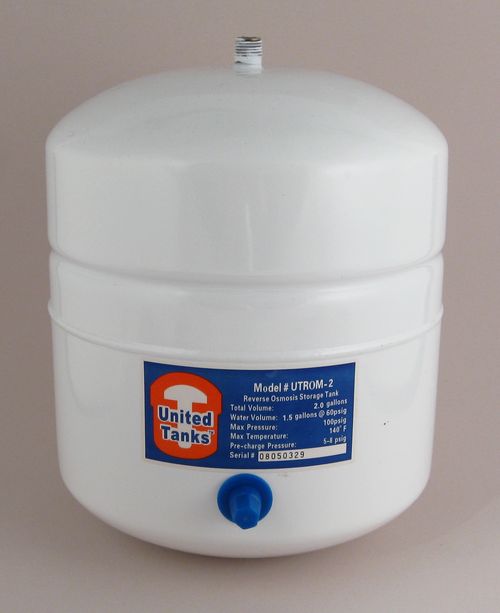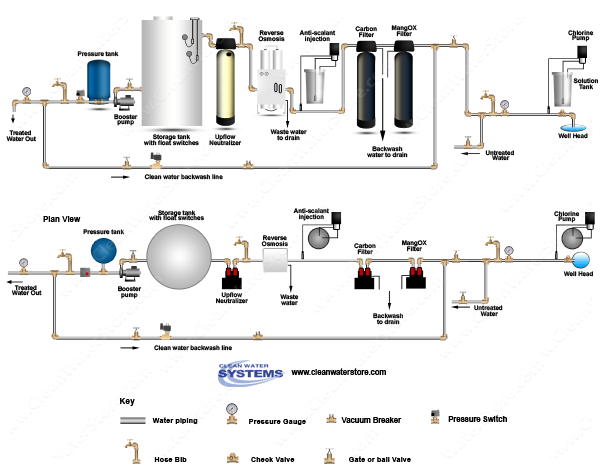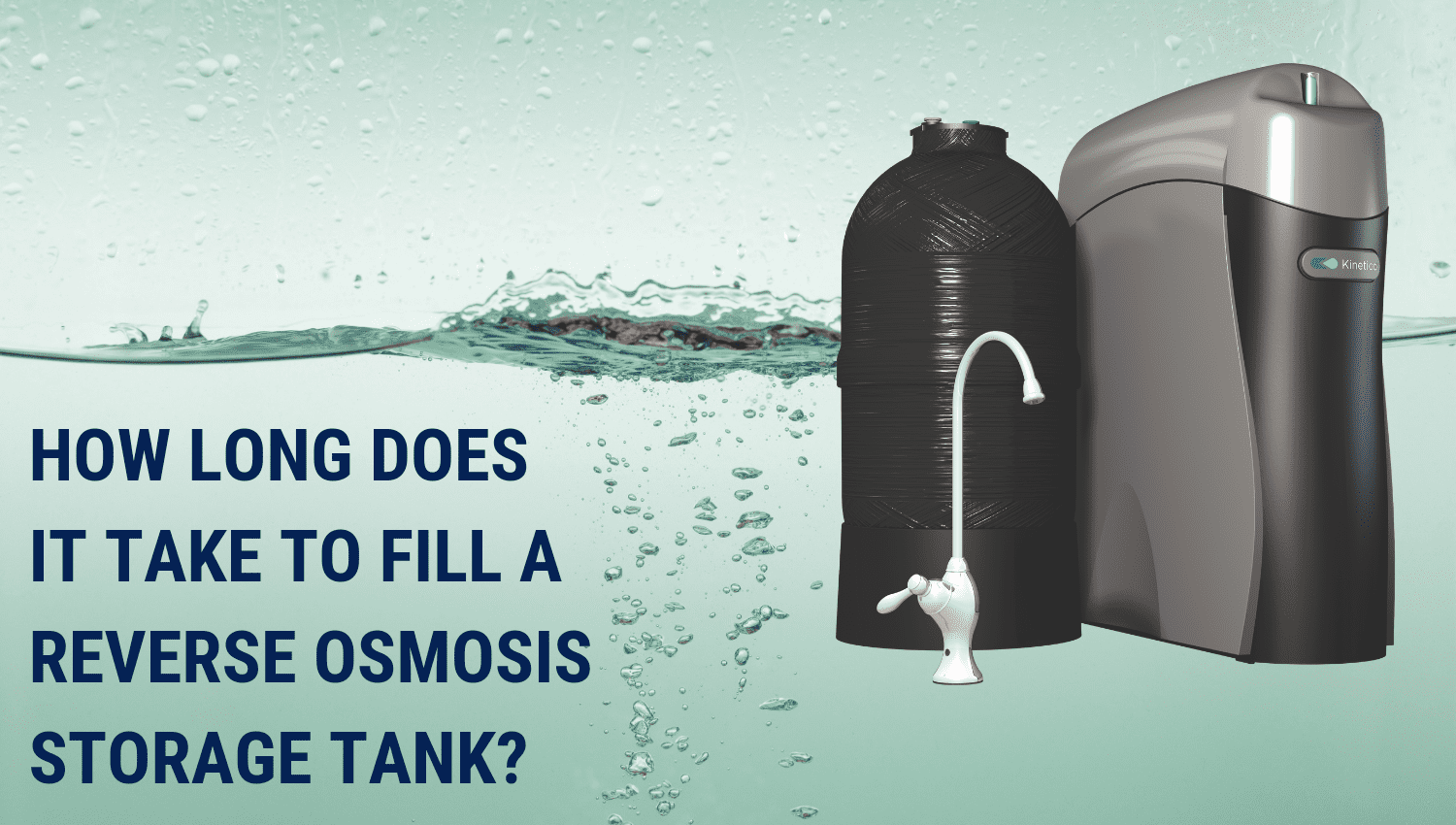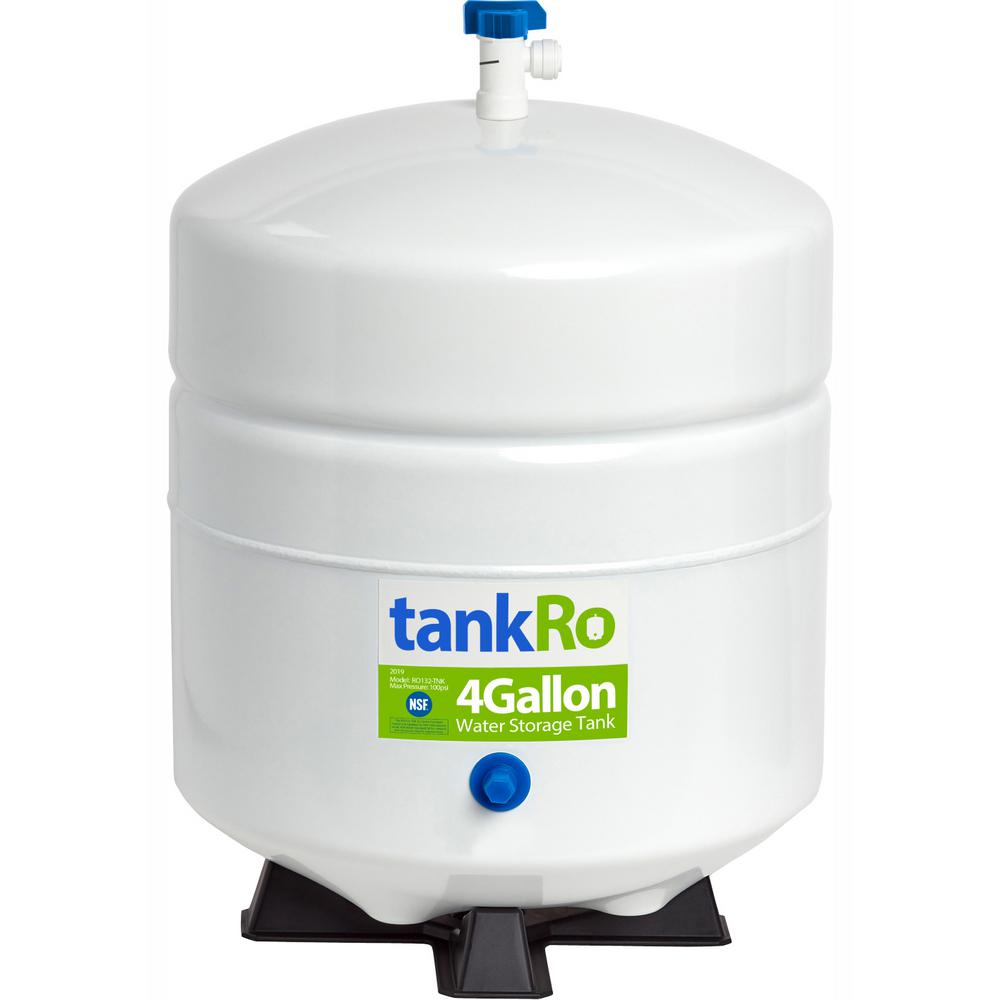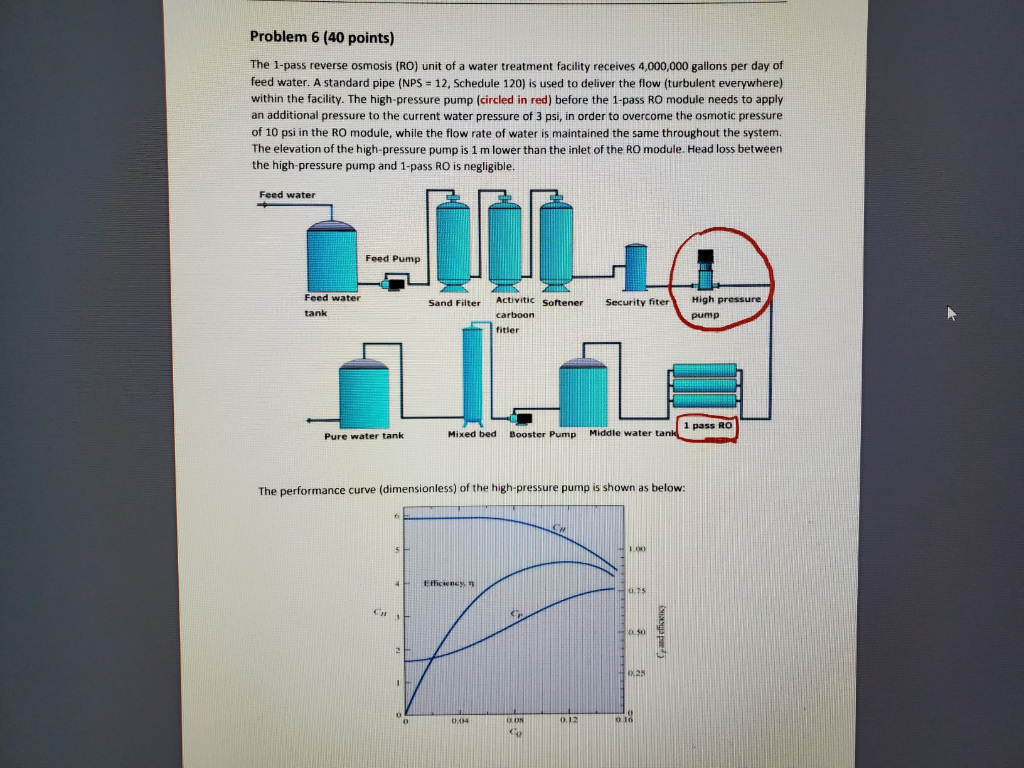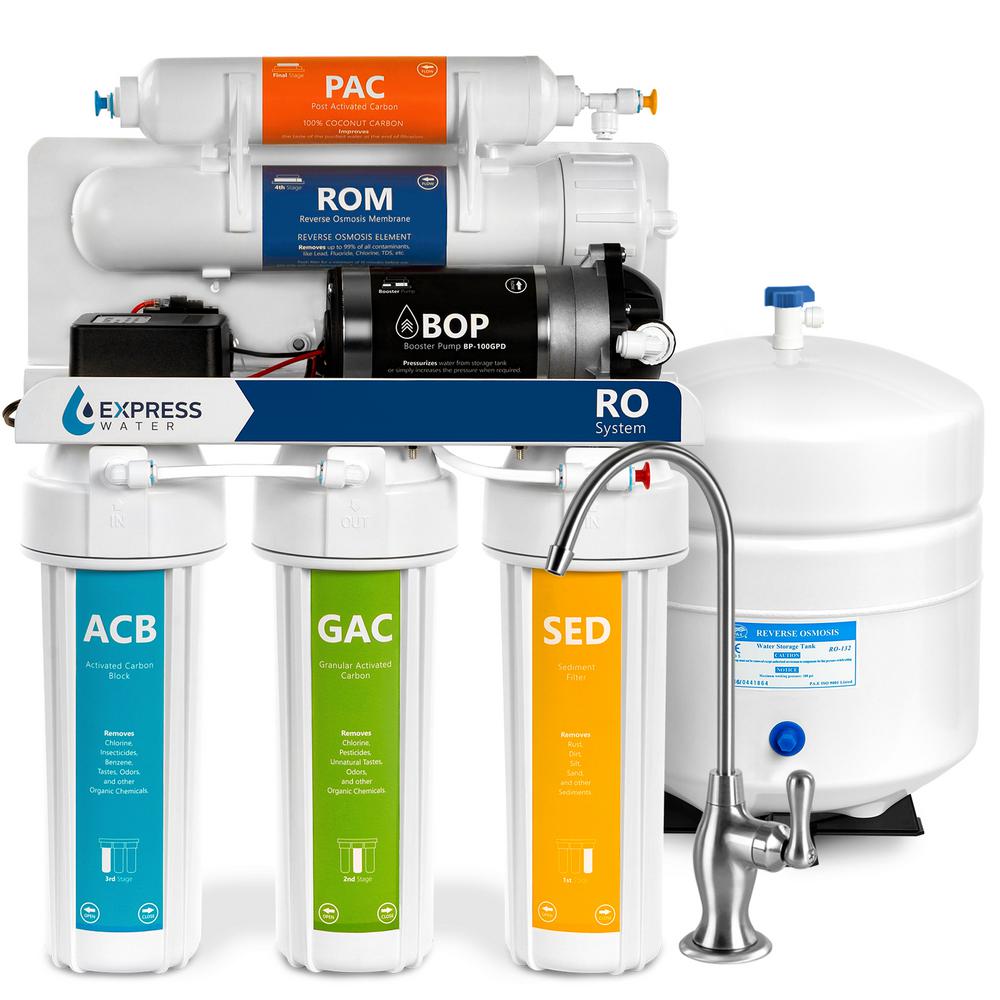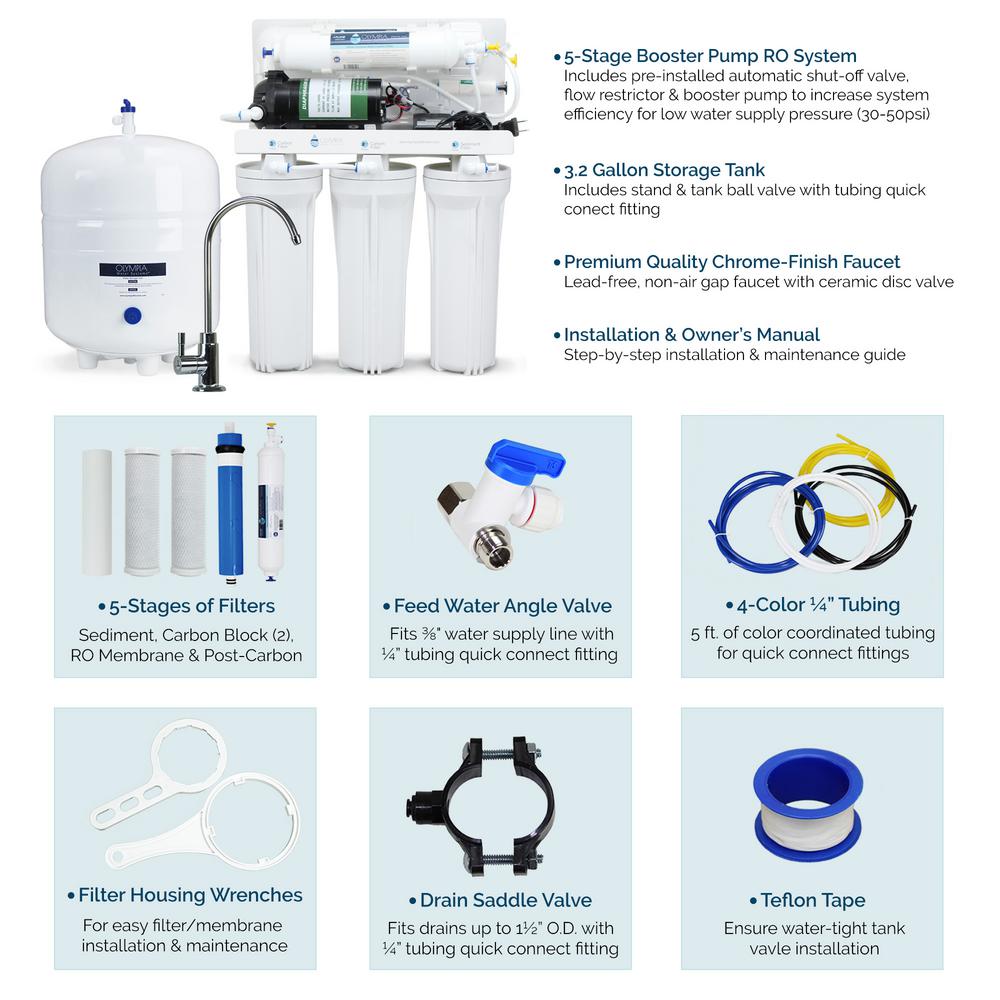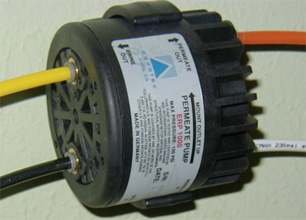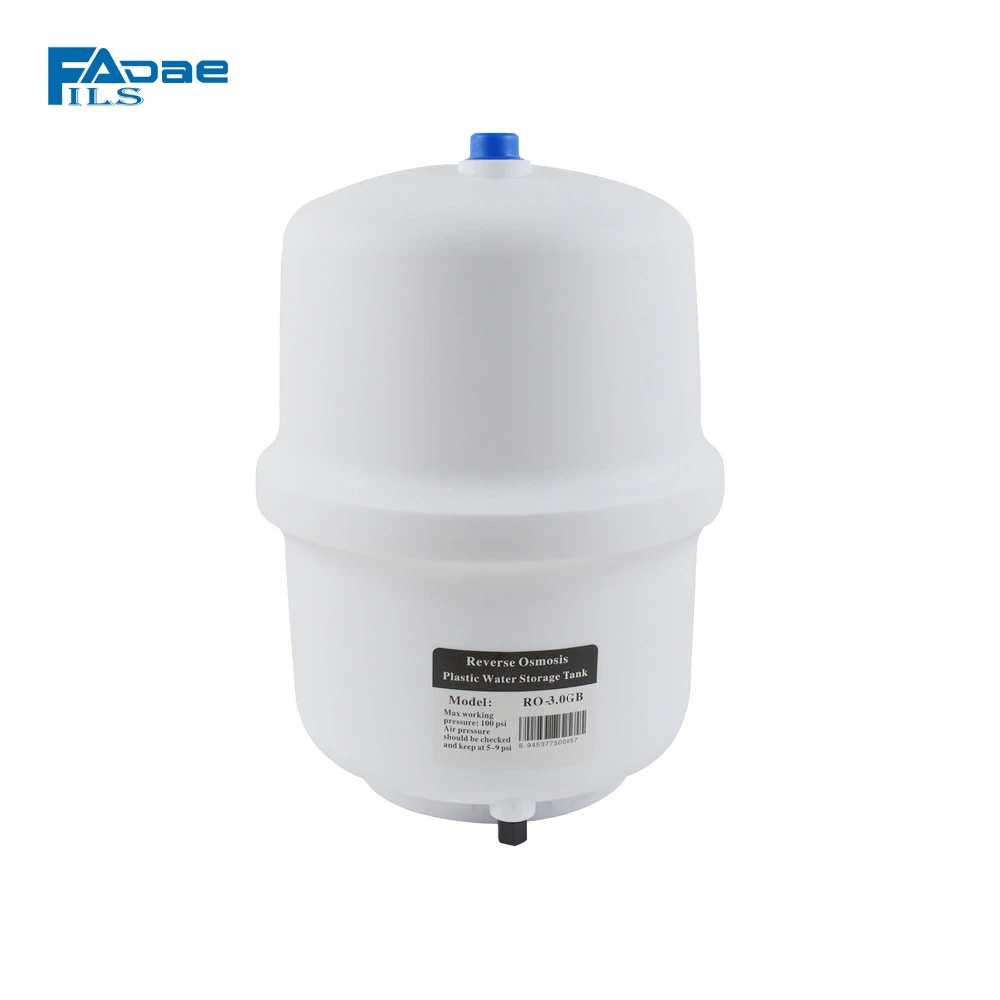Reverse Osmosis Storage Tank Pressure Problems

Making sure that the pressure in the storage tank is correct when it is empty will allow the bladder to fill to its ideal capacity while still having enough air pressure to let it empty completely.
Reverse osmosis storage tank pressure problems. In this article i shall discuss what are some common causes and recommend solutions you can deploy to solve the problem. If the water pressure starts to fall again the tank may have a leaking bladder. Low pressure damaged bladder storage tank pressure too high feed water pressure too low poor membrane clogged filters bent tubing empty storage tank closed valves. The right pressure should be around 5 7 psi.
Damaged or ruptured ro storage tank bladder. If so check the postfilter to make sure it s not clogged. Flow restrictor in drain line worn out. A water compartment and an air compartment.
Low ro storage tank air pressure. Much like the tire on a car the rubber bladder on the inside of a reverse osmosis storage tank can lose pressure over time. The most common reason for reverse osmosis tank not filling is due to insufficient air pressure in the storage tank. Shut the reverse osmosis faucet off and let the tank fill up for 3 hours.
Most reverse osmosis tanks require a standard pressure of 6 8 pounds per square inch to operate efficiently. If the pressure is too high water leaving the ro filtration unit won t enter the storage tank. Like we mentioned above an empty ro tank has pressure of 6 to 8 psi. A standard air charged reverse osmosis storage tank works best when the pressure in the tank when empty is between 7 and 8 pounds per square inch psi.
You ll have to buy a new reserve tank. In the pnrv18 model the tank holds approximately 1 5 gallons and in the pnrv model it holds 2 1 gallons. Too much pressure in the tank can also reduce water flow since the tank can t hold much water if you get a reading above 7 psi on your pressure gauge release some of the pressure. It takes 4 hours to produce 2 gallons of water.
The air compartment is pressurized and as you open the tap the air pushes on the water and it flows out through the tap. Allow four hours for the tank to fill and try again. Ro tank pressure imbalance. How reverse osmosis tanks work.
Reverse osmosis problems solutions for troubleshooting 1. Constant run to the drain the reverse osmosis system shuts down when tank pressure reaches 2 3 of supply line pressure and the aso valve closes. You can solve this problem by first measuring the tank s pressure using a pressure gauge. Ro pressure tanks have two compartments inside them.
First turn off the tank valve then disconnect the tank tube from the ro system and see if water flows into a bucket when the valve is on. Replace automatic shut off valve be mindful of where the four lines are removed and reinstalled. Noisy drain and or faucet. Low air pressure in ro tank.
